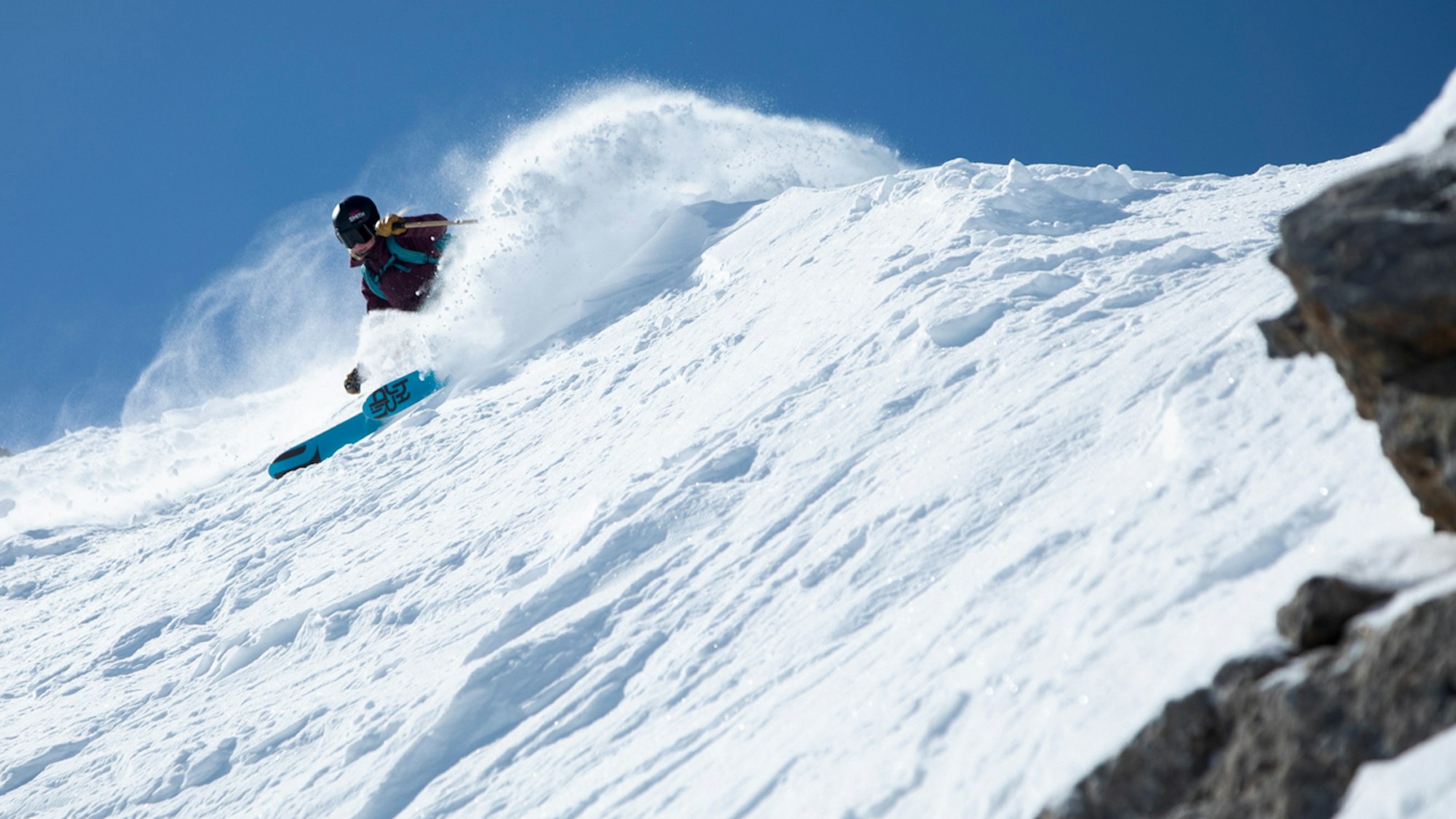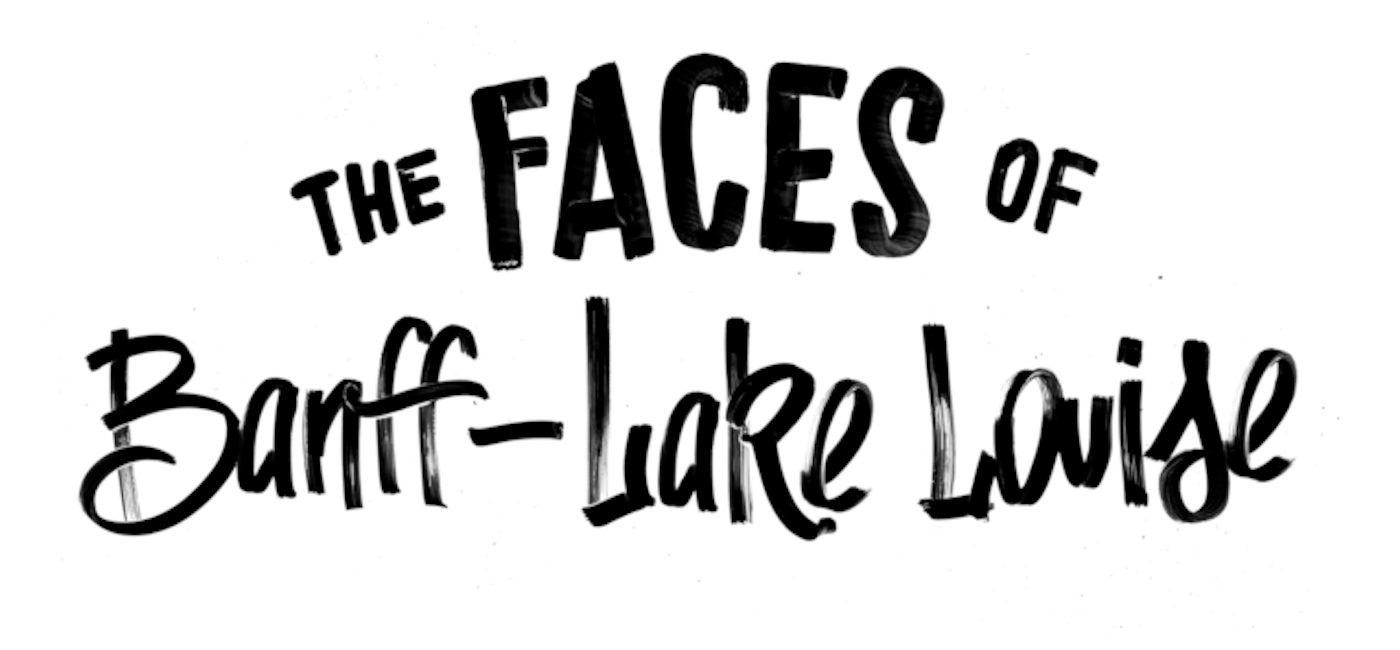
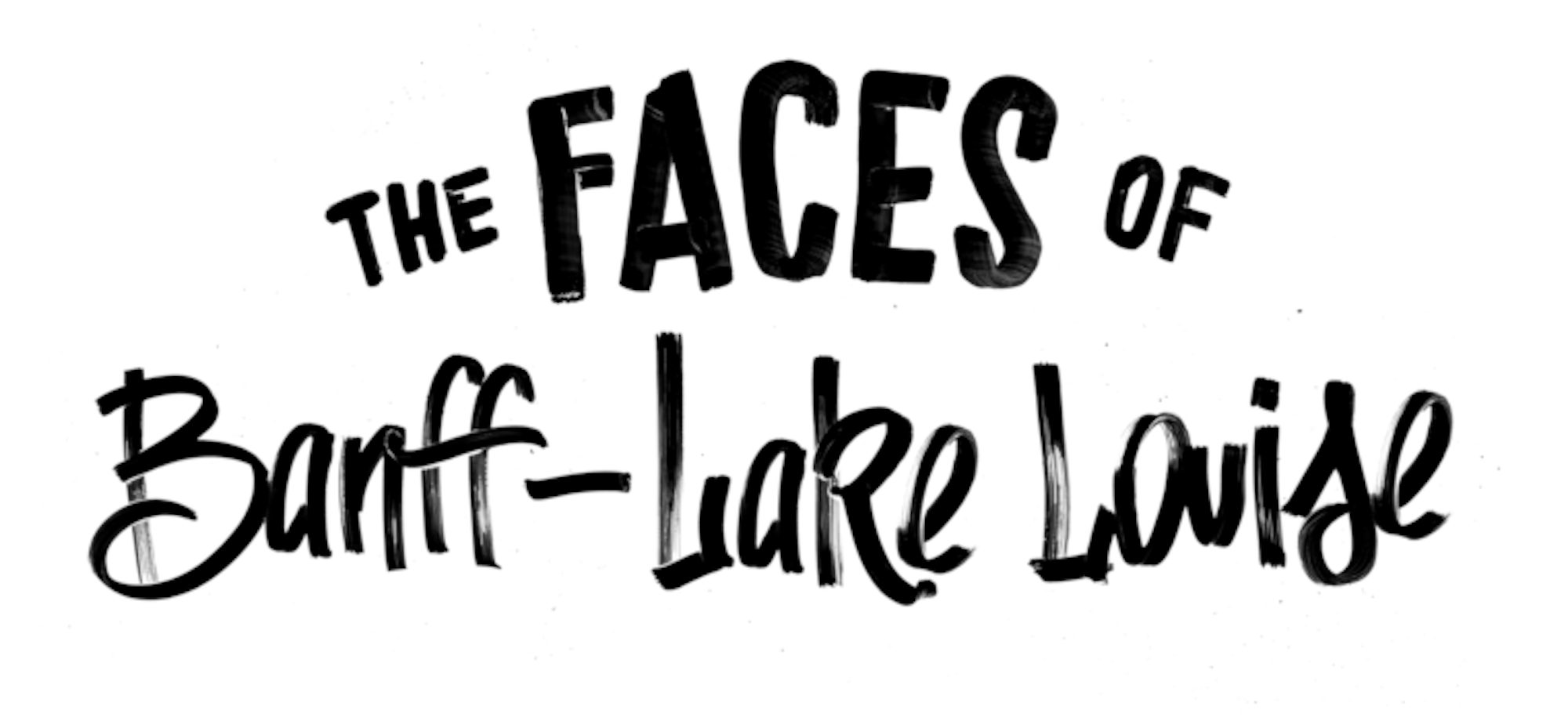
When it comes to stunning natural landscapes, there are few locales on earth that rival the beauty of Banff National Park, located in Alberta, Canada. The country’s first national park stretches across 2,564 square miles of wilderness that includes over 1,000 glaciers, countless peaks in excess of 11,000 feet of elevation and seven national historic sites. Banff National Park is also a skiing mecca, home to the trifecta of ski areas known as SkiBig3, luring lovers of gravity-fed snow sliding from all corners of the world.
Austrian and Swiss mountain guides first introduced skiing to the area in 1909, and the national park’s first ski area, Norquay was established in 1924 with its first mechanical lift opening in 1941. Banff’s other two ski resorts, Sunshine Village and Lake Louise, opened for winter business in 1945 and 1959, respectively. Each winter, upwards of 300 inches of cold-smoke snow blankets the gargantuan uprooted blocks of sedimentary rock, providing a beloved playground for skiers. However, the only thing better than the skiing in Banff-Lake Louise, are the people.
The mountain folk that call Banff home are as rugged and wild as the mountains in their backyard, but their welcoming nature and warm dispositions provide a contrast to the overwhelming scenery of the national park. In this seven-part series, we’ve profiled a handful of local SkiBig3 skiers. Each of them looks at their home in a different way, and were gracious enough to provide insight into why Banff National Park should be at the top of your list when planning your ski vacation this season.




INTERVIEW • DONNY O’NEILL | PHOTOS • DAN EVANS
While Calgary native Kate Targett has a host of ski-related accomplishments under her belt—first place at Wrangle the Chute 2017, for example—her biggest achievement to date is a recently completed geology degree from Mount Royal University.
She earned her degree while coaching four days a week for the Sunshine Village freestyle ski team—the same one she was a part of as a younger skier. The skills Targett developed as an international mogul competitor translated well to the natural features spread across Banff and Lake Louise, allowing her to flip and spin off rocks, cliffs and wind lips, and leading to her interest in big-mountain competition.
We caught Targett in the midst of packing for a trip to Mexico, “Getting last minute peso orders in and all that crap,” to unwind before heading to northern Alberta to begin a job as an environmental technician, putting that degree to work already.
As a lifelong skier of Sunshine and Lake Louise, what made you gravitate toward coaching?
It was just a natural progression into coaching for me, after being an athlete for so long. I actually ended up going back to the team that I grew up skiing on. I’ve been coaching for them for about five years, so throughout my entire college career. It was a natural progression and just made sense for a part-time job that allowed me to give back to the Banff community and bring back my knowledge to the team that I originally started on. It worked out really well.
Speaking of the Banff community, how do you define your role within the community?
I have a few different hats I wear. Some people see me as coach, and some people see me as a freeskier. I give back to the community on the weekends by coaching, but then I also do a lot of skiing on my own where I continue to pursue my own athletic goals. I compete in big-mountain competitions and shred big-mountain a lot, so I feel like I wear two different hats within the skiing community. Families would see me as coach, but peers would see me as a big-mountain skier.
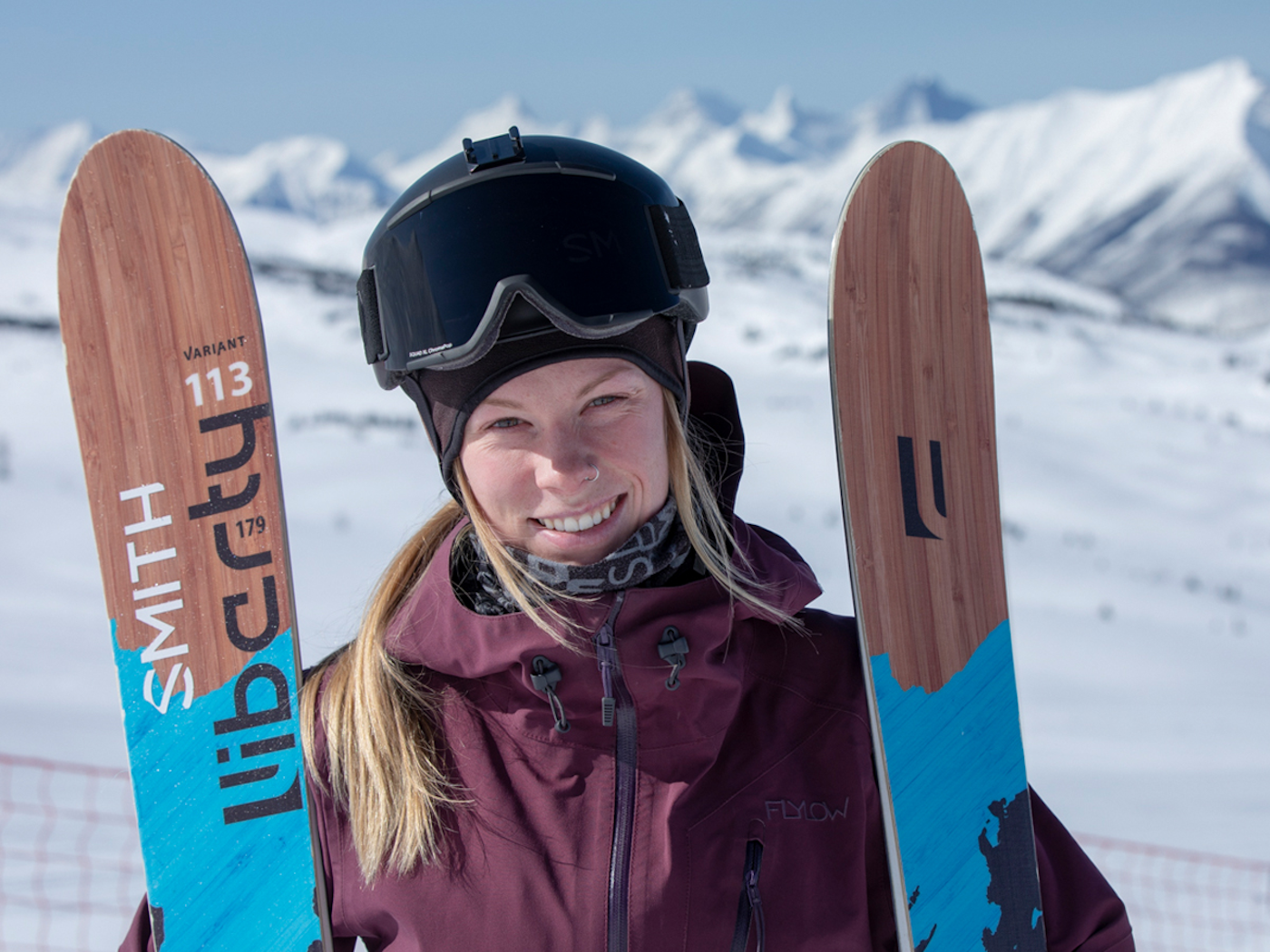
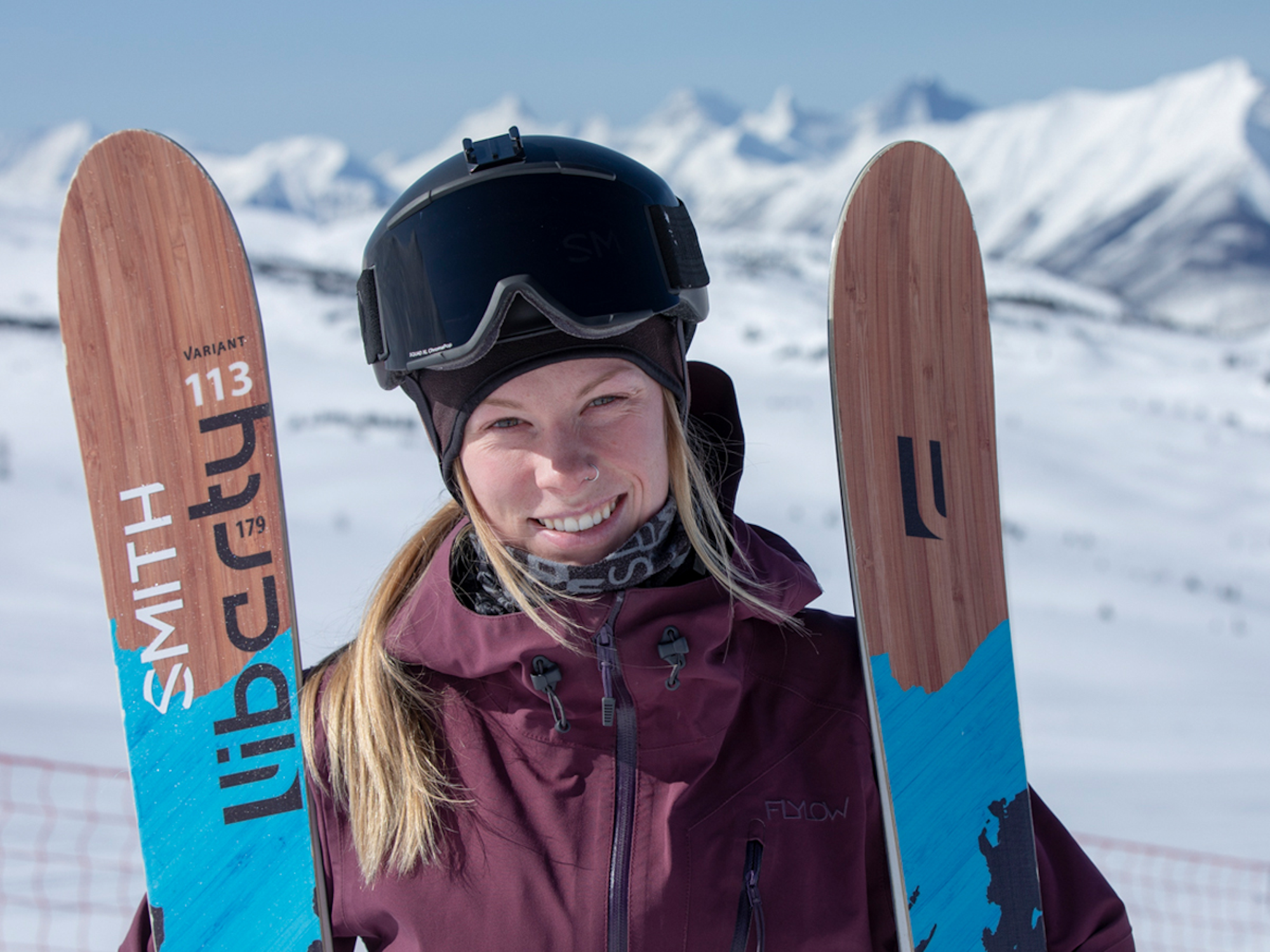
How would you describe the community, through coaching eyes?
I look at the kids that I coach, their families work their asses off all week and somehow still get their kids to the ski area each weekend. Once they drop them off, they head straight to Delirium Dive and rip around the resort. There’s this whole crew of parents that are so devoted to skiing. You get a mix of people, but mainly it’s people who work really hard to make the goal of skiing happen.
Is there anything specific about the area that caters to those hardworking skiing families?
A lot of it has to do with accessibility. It’s pretty easy to get to Banff [from Calgary]. For me it’s really easy to get up there after school on Fridays. With places like Nelson or Revelstoke, you have to drive on more treacherous roads and long distances. It’s just easy to get to Banff, and then from there to the ski areas. There’s a free bus service from Banff. You can just hop on the bus for free and go wherever.
The Banff area had a pretty incredible 2017-18 winter. What was the best day of the season?
We had a few really epic powder days. There was one day where it snowed like 30 centimeters [12 inches] overnight, and because it’s Banff, it was incredibly cold and dry snow. I had this really unreal day with my friend. We skipped class and went to Sunshine, and it was such a fun day. We were all doing backflips off of G Jump and hitting all of these big lines that you can’t always get into, but this season was an amazing snow year, so we could get into them.
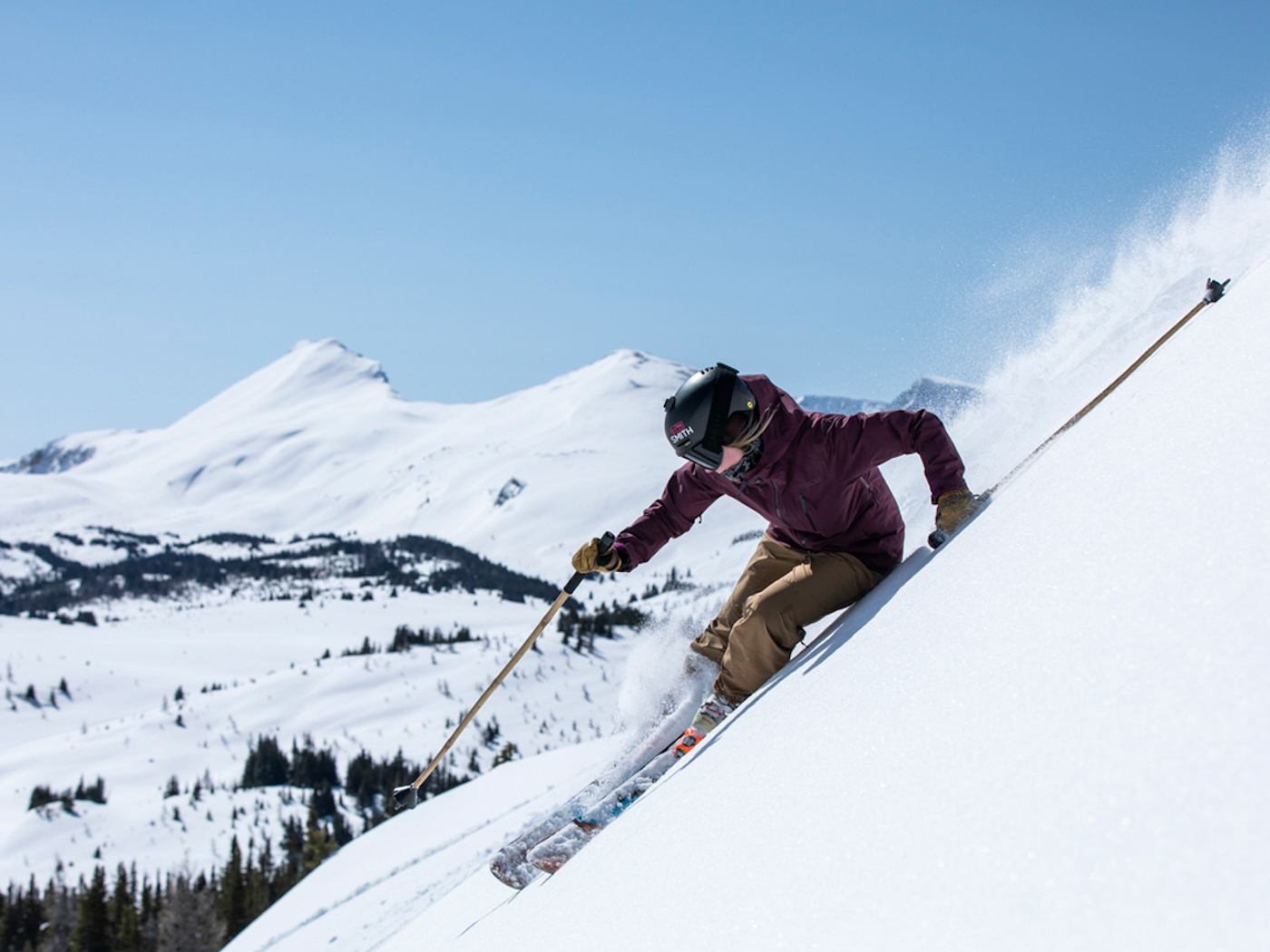
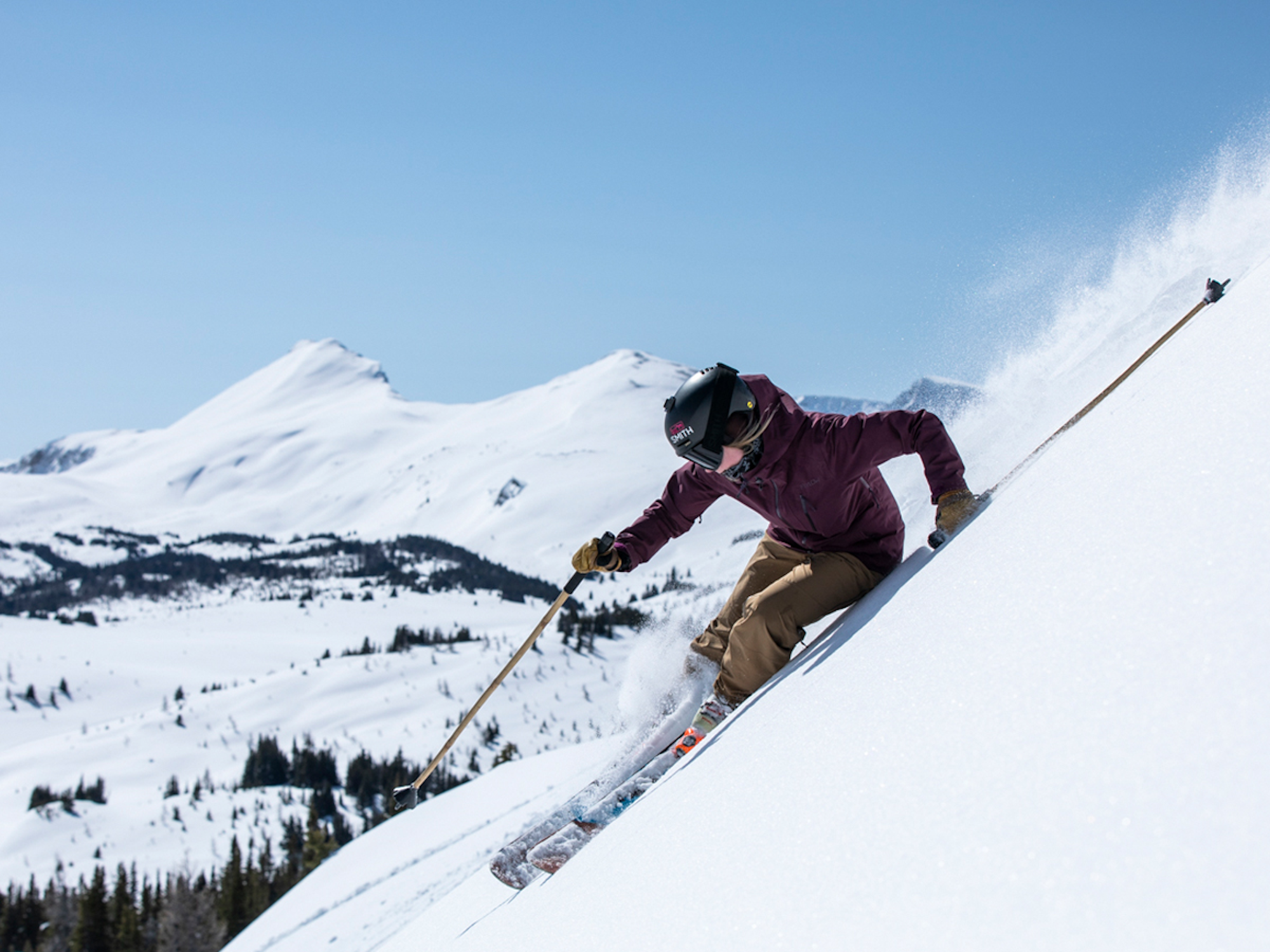
What’s your favorite run in Banff?
Hayes Hill in Delirium Dive is probably my favorite zone. It’s the lower zone from the Fat Boy Traverse, and not that many people go there. It has these wicked pillow lines that you wouldn’t expect to be there. Whenever I take people through there who haven’t been, they’re like, “Oh, my God, I had no idea where you were going.” And then all of a sudden, you’re right in this sweet little zone with multiple pillow lines, and it’s often untouched because not that many people get in there.
Do you often find stashes of untouched snow like that? In such a special, unique place to ski, you guys rarely seem to have big crowds.
Even when the parking lot is full and people are taking the shuttle to the lifts, you’re still never waiting in a line for more than a minute or two. Standish is another one of my favorite places to ski at Sunshine. It’s one of those places that a lot of people ski but often just gloss over it. But the more that you ski it, the more lines that you see that you didn’t see at first. And it’s awesome because there’s hardly ever a line out there, so I can haul off that chair and get ten or 15 runs in an afternoon.
I definitely find new lines, quite often, actually. And, depending on the snow year, snow will build up under features that weren’t “in” the year before, and all of a sudden there’s a transition or a better landing. We’re always finding new little lines here and there, which is an awesome thing to have. There’s definitely more to be found. I never get bored with it.

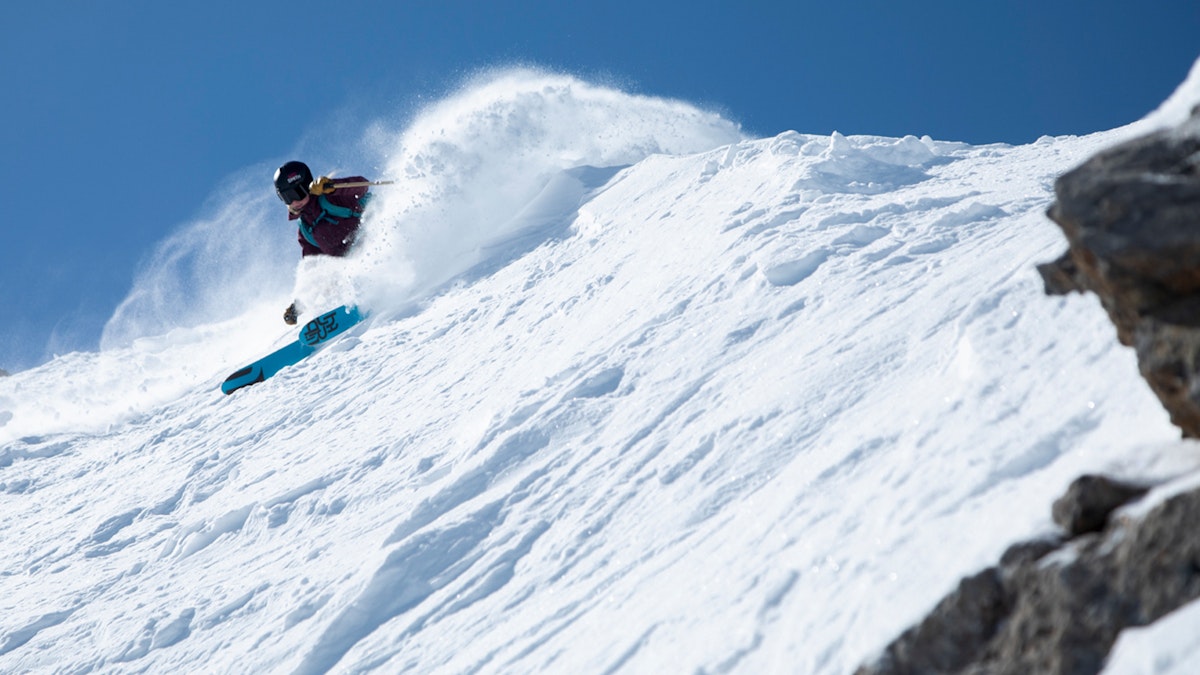


![[GIVEAWAY] Win a Head-to-Toe Ski Setup from IFSA](https://www.datocms-assets.com/163516/1765920344-ifsa.jpg?w=200&h=200&fit=crop)

![[GIVEAWAY] Win a Legendary Ski Trip with Icelantic's Road to the Rocks](https://www.datocms-assets.com/163516/1765233064-r2r26_freeskier_leaderboard1.jpg?auto=format&w=400&h=300&fit=crop&crop=faces,entropy)
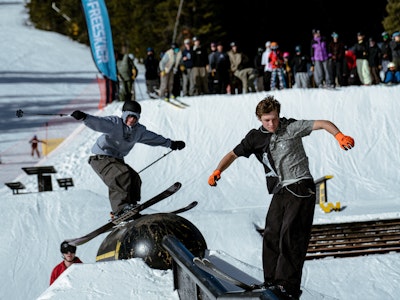




![[GIVEAWAY] Win a Head-to-Toe Ski Setup from IFSA](https://www.datocms-assets.com/163516/1765920344-ifsa.jpg?auto=format&w=400&h=300&fit=crop&crop=faces,entropy)

